The Roman Odeon of Kos is one of the most significant archaeological landmarks on the island and offers a fascinating glimpse into the Roman era. Located just a short distance from the ancient Agora in Kos Town, the Odeon was built in the 2nd century AD, during the Roman period, and served as a center for entertainment and social gatherings.
History and Function:
The Roman Odeon was originally a covered building designed for musical performances, poetry readings, and political events. Unlike the larger open-air theaters of ancient Greece, which were used for dramatic performances, Odeons were smaller, more intimate spaces meant for more refined, artistic gatherings. It was also used for political meetings and speeches, making it a place of cultural and civic importance.
Architecture:
The Odeon is a classical example of Roman architectural ingenuity. It is a small amphitheater-like structure with seating arranged in a semi-circle around the stage area, known as the orchestra.
- Cavea (Seating area): The seating area, or cavea, had 14 rows of marble seats. The lower rows, made of marble, were reserved for the elite or important citizens, while the upper rows, made of less expensive materials, were for the general public. In its original form, it could accommodate approximately 750 to 1,000 people.
- Orchestra and Stage: The orchestra, the flat area at the front of the seating, was used for performances. The stage (or pulpitum) was slightly raised, and behind it were the remains of the scaenae frons (stage backdrop), which likely had ornate columns and decorations typical of Roman Odeons.
- Architecture and Materials: The Odeon was primarily built of marble and brick, typical of Roman structures of the time. It had a roof, though today only a few parts of the structure are preserved. Some restoration work has been done to protect and maintain the site, making it one of the best-preserved Roman monuments on the island.
Restoration and Preservation:
The Roman Odeon was rediscovered in the early 20th century during the Italian occupation of the Dodecanese. Excavations revealed a largely intact structure, and some areas have been restored to their former glory. Today, the site is well-preserved, allowing visitors to experience the grandeur of the Roman period.
Significance:
The Odeon stands as a testament to the influence of Roman culture on the island of Kos. It highlights the importance of public entertainment and civic life during the Roman era, as well as the island’s connection to the broader Roman Empire. Kos was an important regional center during the Roman period, and the Odeon is one of the many structures that demonstrate this.
Visiting the Roman Odeon:
- Location: The Roman Odeon is located close to the ancient Agora of Kos, in Kos Town, within easy walking distance of other significant archaeological sites like the Casa Romana and the Western Excavations.
- Entrance Fee: Admission is typically included in a general ticket for the archaeological sites of Kos, or it may have a small separate fee.
- Experience: Visitors can explore the seating area, the orchestra, and the partially restored stage. Some modern events and performances may also take place at the site, bringing it back to life in a contemporary context.
The Roman Odeon of Kos offers a wonderful opportunity to explore ancient Roman culture and architecture and is a must-visit for history buffs exploring the island’s rich past.

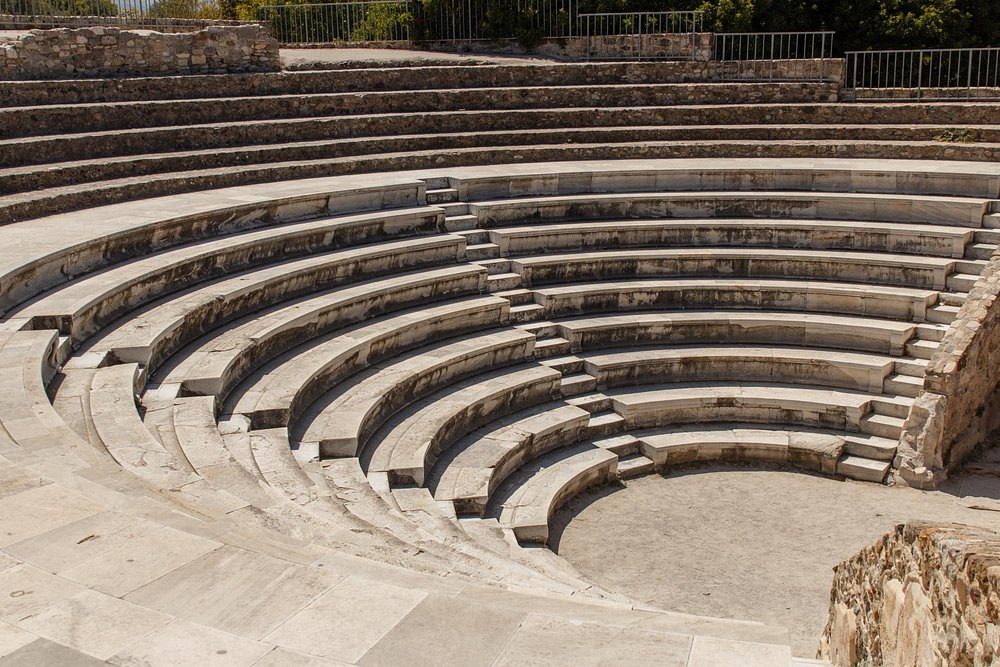
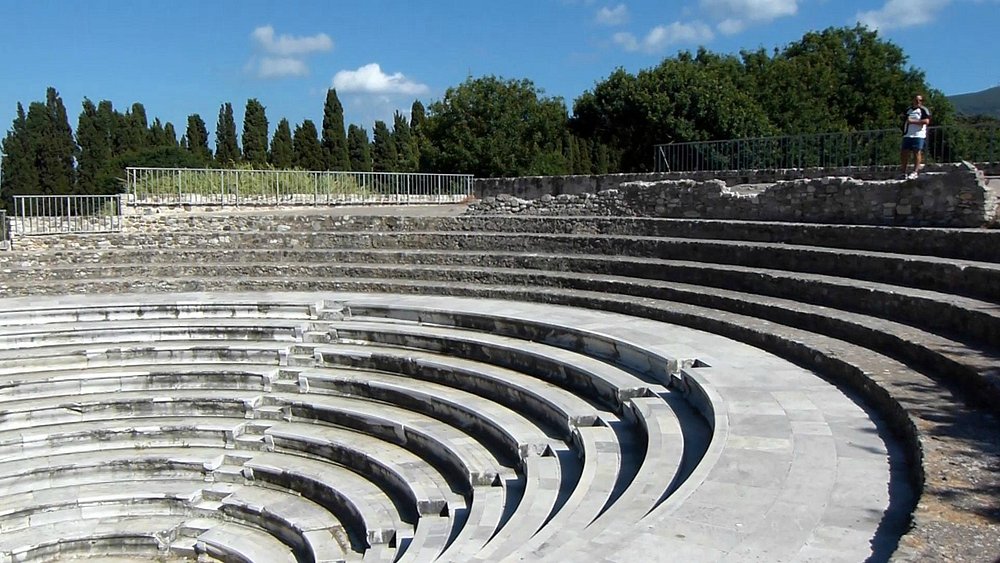
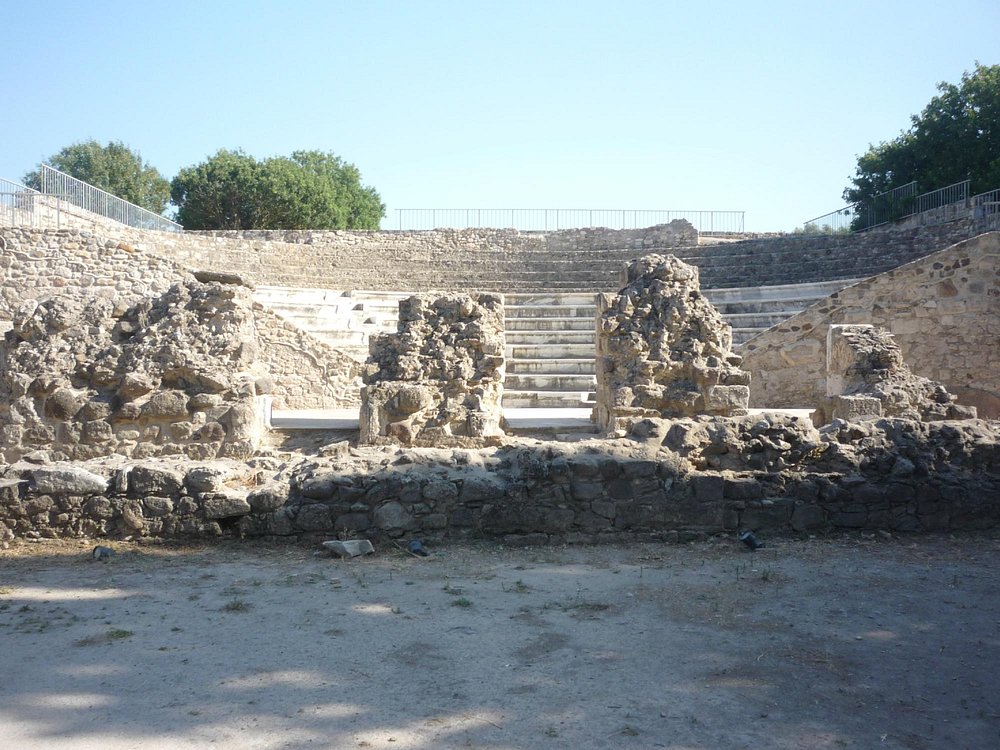 >
>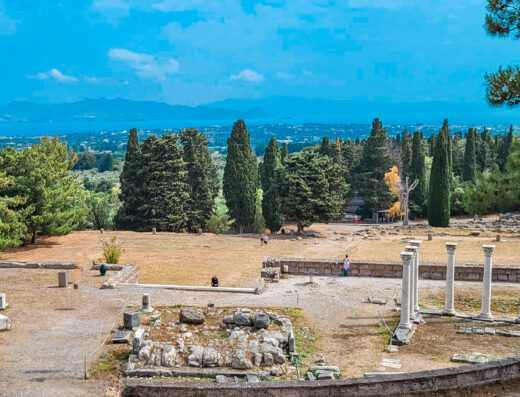
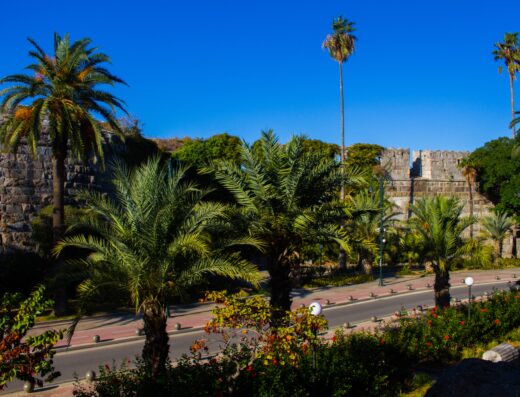

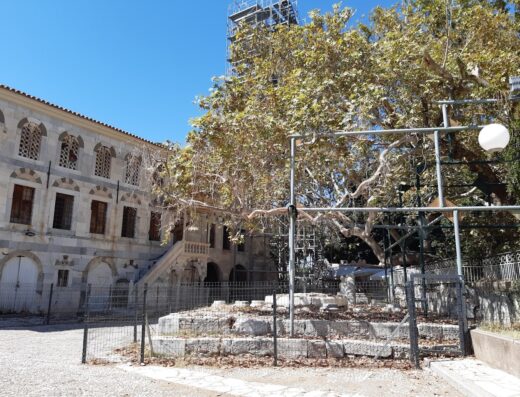
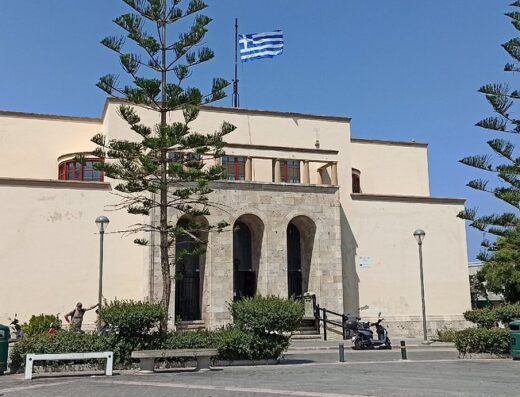
 Read More Reviews
Read More Reviews
James O'Hanlon
a month agoYesterday, I visited the Roman Odeon in Kos, an ancient auditorium dating back to the 2nd century AD that once served as the hub of public life with musical competitions, senate meetings, and civic celebrations. Some original marble seating remains, and the site has been thoughtfully restored since its discovery in 1929. Today, the Odeon is still part of Kos’s vibrant heritage—often hosting cultural events and exhibitions—and you can even explore the fascinating underground walkways where several remarkable statues were found during excavations. Plenty of information boards inside too.
Glen Bataillie (Glen Bataillie)
3 months agoThe Odeum of Kos is definitely worth a visit, especially since it’s free. The site itself is impressive, but what makes it even more interesting are the tunnels underneath. They give you a great insight into how the structure looked and functioned before it started to crumble over time. A short stop, but a fascinating glimpse into the island’s past.
Brian M
2 months agoI usually give ancient sites 5 stars, and while it is interesting, it's been over restored and looks like a modern seating area you'd find in a park. Apart from a few areas they left alone, and they're behind iron gates and inside you see modern office chairs which ruins the small amount of the truly ancient part of the site. It's easy to walk to if you're in Kos, and it's free which is really all that's good about it.
Toni Banks
3 months agoAn impressive site of historical importance. You can climb the steps and have a good view over the entire site. There are tunnels to explore underneath too. Good information written in Greek and English. And best of all it was free!
Phillip Massaad
a month agoA well preserved theatre however being an Odeon it's much smaller than oter ancient theatres. Don't let that stop you exploring this place, the information panels in the restored vaulted passageways do an excellent job of telling the complete story of this structure - I especially liked the reconstruction drawing showing it in its glory.